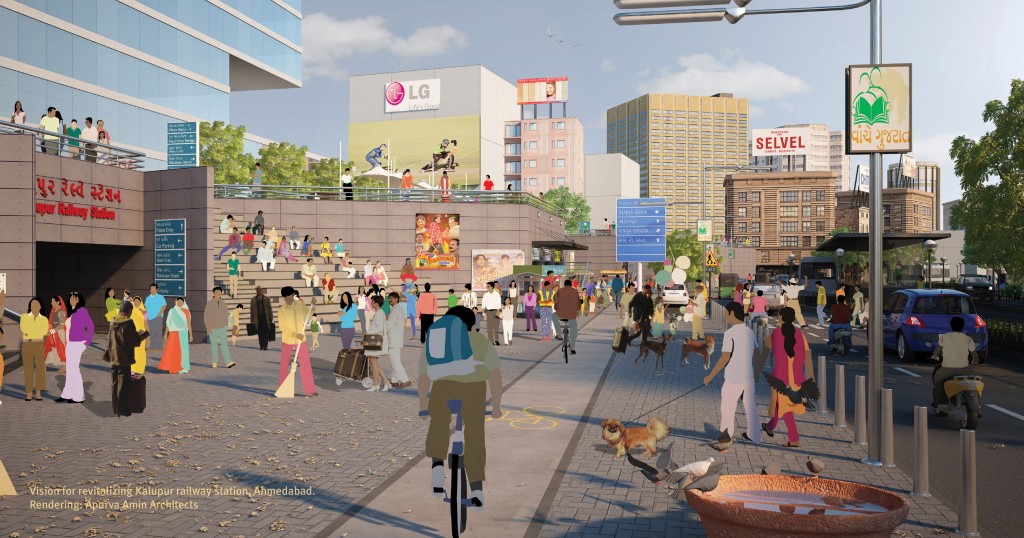ITDP brings you a monthly digest of sustainable transport and urban development news from around the world. From Mumbai’s new transit-oriented development plan to urban design policies adopted in Delhi, this month’s InFocus looks at contemporary planning approaches adopted by cities to tackle congestion through better public transport-land use integration while improving quality of life for their citizens.
As India urbanises, cities have a choice: to allow, even facilitate, low density urban sprawl with mono-functional gated complexes, resulting in long commutes, dependence on private vehicles and rising congestion; or to actively plan for future residential, commercial, and other development within the city so that most citizens live, work and play within walking distance of high-quality rapid transit—in vibrant, lively places designed for people of all ages and income groups.
The latter approach—often called transit-oriented development—involves facilitating higher intensity mixed-use development along mass rapid transit corridors, encouraging affordable housing, creating a fine grid of streets that prioritise walking and cycling, and adopting building design and parking regulations that support street life and transit use. Here is a look at efforts being made by select Indian cities towards achieving this.
Mumbai allows higher FSI in areas served by transit
Eliminating low density, outward expansion, the city’s proposed Development Plan instead calls for higher FSI up to 8 along rapid transit corridors and commercial districts, while restricting FSI to 2 or less in areas without transit access. Indian Express presents the details.
Ahmedabad uses Local Area Plans to manage densification
The city’s Development Plan 2021 allowed higher densities for developments along transit corridors, with Central Business District having an FSI of 5.4. To manage high densities in these areas, the city has now completed preparation of a Local Area Plan for the CBD that envisions better streets, an improved public realm and infrastructure upgrades. In an interview with Livemint, Bimal Patel, President, CEPT University, elaborates on the salient features of such an approach.
Delhi set to redevelop transit hubs into safe, mixed use areas for all
Recognising the need to transform station areas into vibrant districts, Delhi Development Authority is set to modify its Development Plan to allow higher densities, mandate mixed use, and eliminate setbacks and compound walls for developments near public transport hubs. Indian Express reports.










